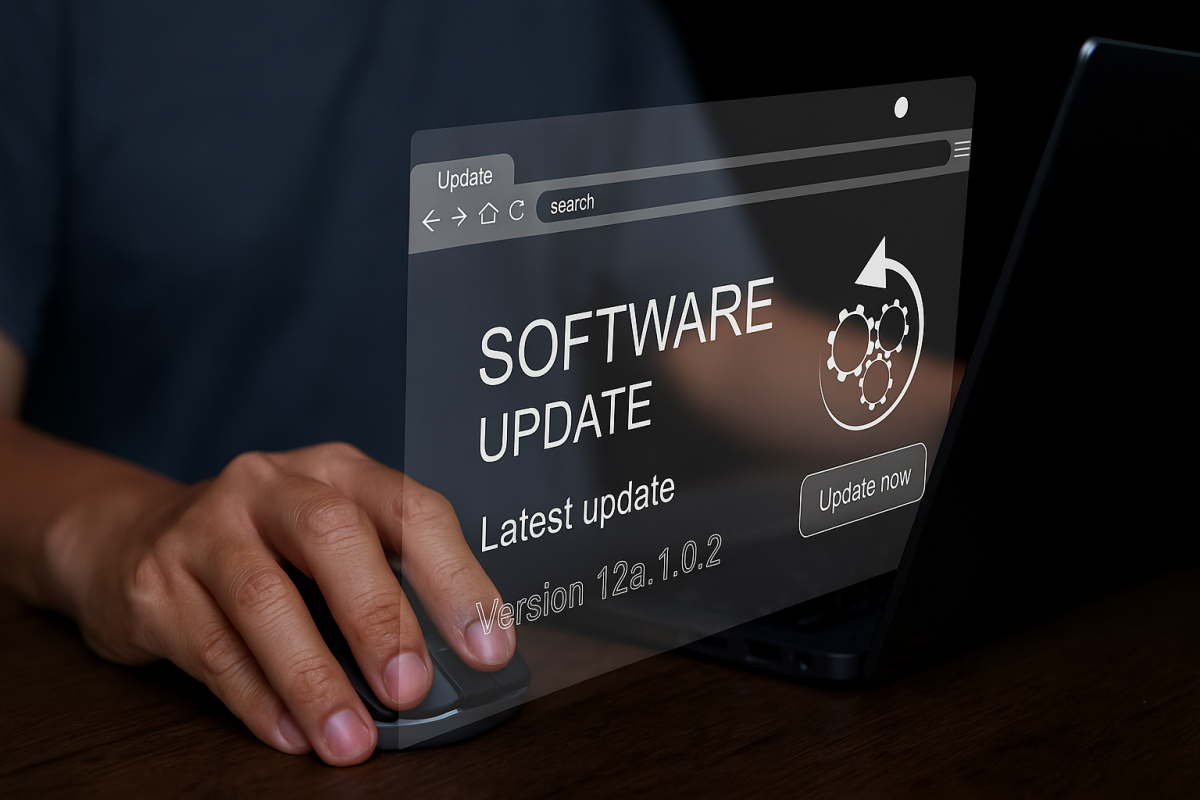

How to Manage Backup and Data Recovery for Chicago Businesses
Seventy-five percent of small businesses operate without any plan to recover their data after a disaster, according to Nationwide Insurance. Chicago-area businesses face unique challenges: cyber threats continue to evolve, while severe weather brings an average of 54 tornadoes annually to Illinois. Smart data backup and recovery services protect against both cyber-attacks and natural disasters.
Start With the 3-2-1-1-0 Rule
The foundation of good backup management is the 3-2-1-1-0 strategy: three copies of your data, on two different storage types, with one copy stored away from your office, one backup that can’t be changed or deleted, and zero errors verified through regular testing.
This approach protects against multiple threat types:
- Local backups enable fast recovery from routine incidents
- Cloud storage provides geographic redundancy against Chicago’s flooding and power outages
- Immutable backups defend against ransomware targeting backup repositories
This strategy creates multiple layers of protection against various threats. Professional teams configure automated systems to ensure consistent coverage without requiring daily oversight from your staff.
Set Your Recovery Goals
Every business must decide how quickly they need their systems back up and how much data they can afford to lose. These are called Recovery Time Objective (how fast) and Recovery Point Objective (how much data loss is okay).
Different systems have different needs:
- Payment processing: Must be back up immediately with no data loss
- Email systems: Can be down for hours, losing a few minutes of emails is okay
- Document storage: Can be down for days, losing a few hours of work is acceptable
Start by figuring out your most important systems. Which applications make you money? Which data would be impossible to recreate? Virtual CIO services help you set the right recovery goals based on what matters most to your business.
Set Up Automatic Backups
Manual backup processes fail. Automatic systems run on schedule without someone having to remember, removing common failure points.
Automation should include:
- Scheduled daily backups
- Continuous copying for critical systems
- Monitoring with automatic alerts
- Scrambling data during storage and transfer
- Keeping 30-90 days of backup versions
Professional monitoring makes sure backup jobs are finished successfully. Many companies discover their backups fail only when they try to recover data during a disaster. Proper setup ensures backup traffic flows efficiently.
Test Your Recovery Systems Regularly
According to Gartner, 76% of companies had an incident during the past two years that required their disaster recovery plan, with more than half experiencing multiple incidents. Despite this frequency, many never check if their systems work until disaster strikes.
Test critical systems every three months and all other systems at least twice per year. Testing also trains your staff on procedures and finds outdated instructions.
Chicago-area businesses should test local threat scenarios. Can operations continue during multi-day power outages? Does your internet connection stay stable during crises?
Follow Industry Rules
Different industries face specific requirements. Healthcare companies must follow HIPAA Security Rule requirements, including testing of data recovery plans. Meanwhile, businesses that process credit card payments need PCI DSS compliance with proper paperwork and The FTC Safeguards Rule requires incident response plans covering data recovery procedures and data scrambling protocols. Partnering with experts in IT compliance services makes sure your backup and recovery strategy meets government requirements. Professional reviews verify compliance across backup systems.
Build a Complete Recovery Plan
Good recovery requires thorough planning. Your written plan should include recovery steps, equipment lists, how applications depend on each other, and vendor contact information.
Assign clear roles in your recovery team. The team should include:
- Executive sponsorship
- A coordinator
- Technical team members
- Communications specialists
- Network expertise representatives
Communication plans must address internal and external people through multiple channels.
Protect Your Business With LeadingIT
At LeadingIT, we help Chicago businesses set up complete backup and data recovery strategies that protect against cyber-attacks and regional weather risks. Our managed IT services include automatic backup systems, regular testing, and complete disaster recovery planning.
We provide proactive monitoring, 24/7 coverage, and comprehensive security oversight. This ensures your recovery capabilities meet business goals while following industry rules.
✅ Predictable monthly pricing
✅ No long-term contracts
✅ 14-day instant onboarding
Don’t wait for disaster to strike. Schedule a free IT risk assessment to evaluate your current backup and recovery readiness, or contact our Chicagoland IT support team at 815-788-6041 to discuss your specific needs.


